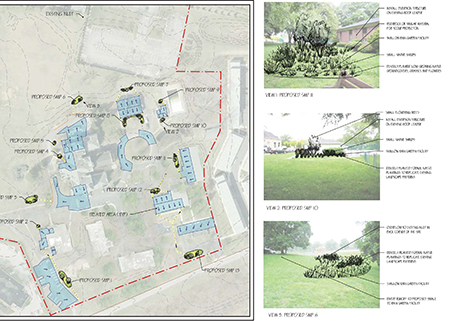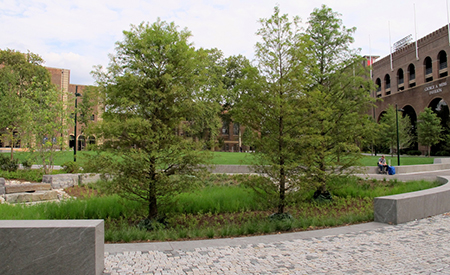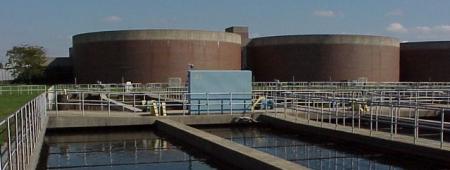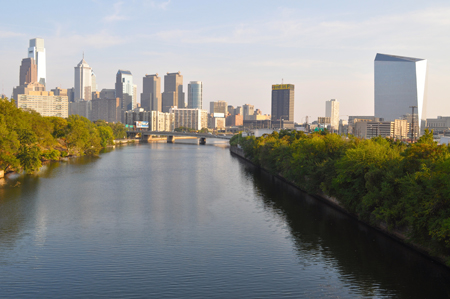
This past June, the Philadelphia Water Department (PWD) and the Philadelphia Industrial Development Corporation (PIDC) announced that it had awarded $3.2 million in grants to facilitate the design and construction of innovative and sustainable stormwater management infrastructure on non-residential properties, such as business, non-profit and school properties. The success of the program has ushered in a second round of grants with a submission deadline of February 1, 2013.
The City of Philadelphia, through the Philadelphia Water Department (PWD)and the Philadelphia Industrial Development Corporation (PIDC), created the Stormwater Management Incentives Program (SMIP) to help reduce the volume of stormwater runoff entering the City's sewer system and to simultaneously help beautify communities. Stormwater management tools, such as green roofs, porous paving, rain gardens,stormwatertree trenches, and detention and retention basins reduce a property’s impervious surface, also resulting in lower monthly stormwater charges.
Our city is covered with large amounts of impervious cover— hard surfaces, such as concrete or asphalt, which prevent rainfall from soaking into the ground. When it rains, this stormwater runoff picks up chemicals and toxins from the impervious surfaces and enters our sewer system, where it can overflow into the Schuylkill and Delaware Rivers, our sources of drinking water.
Applications for the grant must be submitted electronically by February 1, 2013. Applicants will be notified by July 1, 2013 if their applications have been accepted. Those selected will be eligible to receive credits toward their stormwater charges when their stormwater project has been constructed.
For more information, check out our SMIP Grant page!







